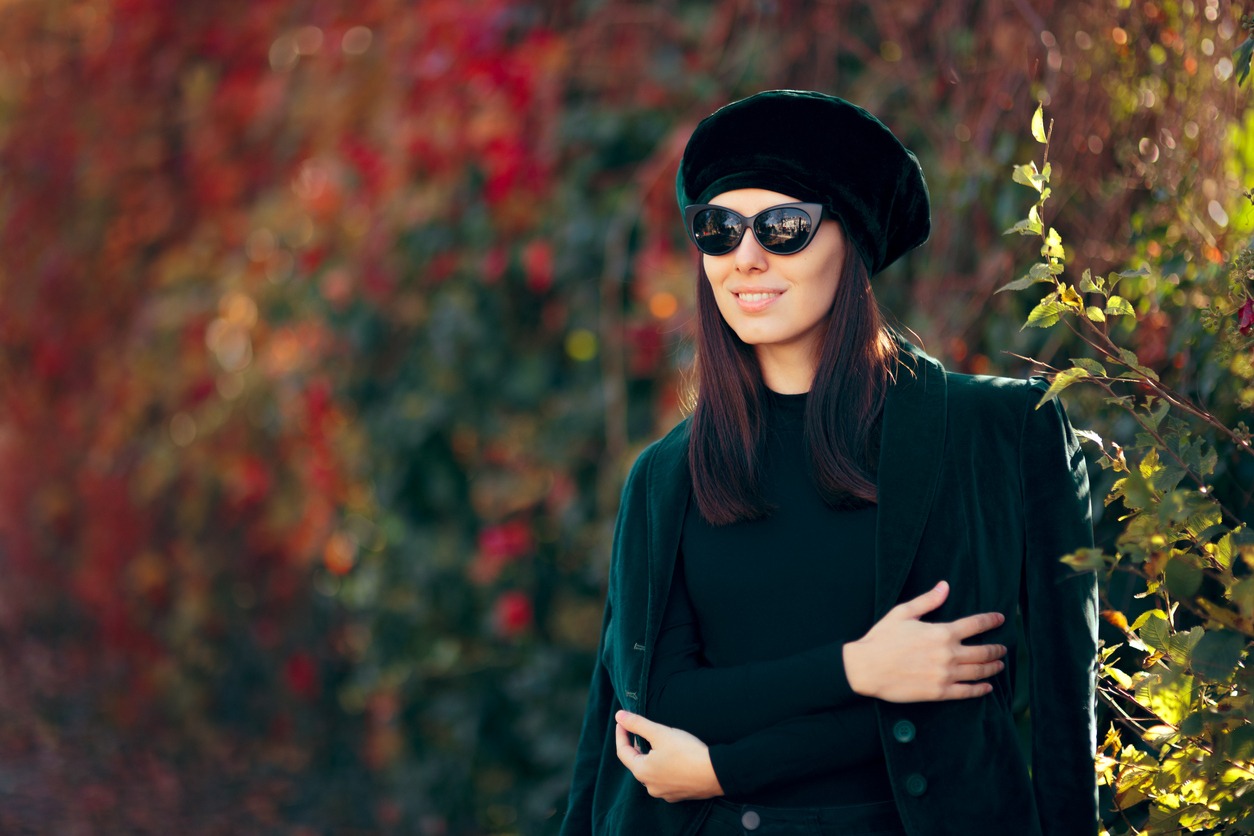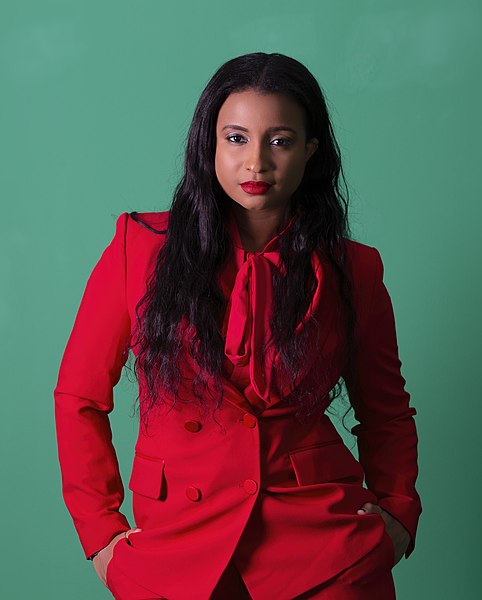The 1980s saw a wide range of daring and extravagant trends in the world of fashion. The shoulder pads are one element that sticks out, particularly among these remarkable fashion statements. These over-the-top, padded structures, which were deftly positioned within the shoulders of jackets, blazers, and even dresses, came to represent the period’s fashion trends. The question “Why were shoulder pads so popular in the 80s?” shows up.
History
In the 1930s, wide shoulders first emerged in women’s clothing. The idea of “strength” was fostered in women. The 1940s saw a rise due to American military fashion. Power clothing with enormous shoulder pads peaked in the 1980s and 1990s. Our ancestors may have developed the habit of highlighting the shoulder with padding, color, or fabric to frighten off potential assailants. What was popular back then is currently in style and making a comeback on international catwalks. Emptied shoulders are bursting with power and self-assurance once more!
As early as the seventeenth century, shoulder guards were worn at court. Shoulder pads were used in uniforms in the 18th century to draw attention to the shoulder region. Even now, women’s blazers are created with the jacket emphasizing the figure in this manner. Going back to the 1980s, women’s emancipation was at its peak. They wore broad-shouldered trouser suits to demonstrate the fortitude of a new generation and, thus, their social standing. To get to the boardrooms, they created a path. Strong shoulders that reached the pagoda shoulder were looked for, pushing femininity to the side.
The most well-known 1980s icons are Claude Montana and Thierry Mugler, and it is difficult to envision Margaret Thatcher without a costume and broad shoulders. The “Mad Max” appearance with incredibly wide shoulders returned with the return of fashion to the 1980s, which was initially displayed in London in 2009. The editor-in-chief of British Elle at the time claimed that women and girls must present a tough image to protect themselves. This extends to enormous square models, also known as pagoda shoulders, which are one of the most popular genuine powers looks due to their bridge-like design. Shoulder pads with various high-quality foam, felt, fleece, or wadding inserts are used to create this appearance. Horsehair interfacing in the middle might offer further stability.
Since shoulder pads are a current fashion trend that has been featured on every worldwide catwalk this season, demand for them is consistently rising. Shoulder pads are offered in a variety of designs, including those that are self-adhesive or intended for sewing in. For blazers, jackets, and coats without lining, pads covered with non-woven material or fabric are utilized; these pads are frequently the same color as the garment. For models with lining, synthetic fiber-covered pads are typically used. Since each customer has a highly unique shoulder form, it is frequently desirable to replace the shoulder pads in ready-to-wear garments. The shoulder pads can be secured in place by using Velcro or adhesive dots.
Types of Shoulder Pads During the 80s
The 1980s saw the emergence of numerous shoulder pads, each with its unique features. Let us examine some of the prominent varieties of shoulder pads that were popular at the time and their distinguishing characteristics:
- Standard Shoulder Pads – In numerous outfits during the 1980s, these shoulder pads were the most prevalent type. They were often formed like a triangle or a rounded wedge and constructed of foam or fiberfill. Standard shoulder padding gave the shoulders shape and rigidity without being overdone. To provide clothing with a polished and tailored appearance, they were frequently employed in blazers, coats, and formal dresses.
- Power Shoulder Pads – Power shoulder pads were created to exude boldness and authority, as their name suggests. They were noticeably more dramatic and substantial than typical shoulder pads. Power shoulder pads had a lot of cushioning and frequently went past the natural shoulder line. They were intended to form an imposing silhouette that represented confidence and strength. In corporate environments, professional women wore power suits that were especially popular in this style.
- Pagoda Shoulder Pads – The distinctive shape of pagoda shoulder pads resembled the tier-like eaves of conventional pagoda roofs. They had a distinctive silhouette because they were wider at the top and tapered toward the bottom. Pagoda shoulder pads gave clothing dimension and an air of architectural elegance. This design was frequently used in blouses, dresses, and even bridal gowns, giving the whole ensemble a charming and feminine feel.
- Gathered Shoulder Pads – As opposed to the previous varieties, gathered shoulder pads have a ruched or gathered fabric design. To get the puffy appearance of these shoulder pads, the fabric was folded or pleated. The shoulders appeared somewhat more delicate and romantic because of the volume and softness imparted by the gathered shoulder pads. They were frequently employed in flowy, feminine clothing like dresses, blouses, and tops with puffed sleeves.
- Extended Shoulder Pads – An elongated and angular shape was produced by this style of shoulder pad by extending the cushioned area past the natural shoulder line. Structured jackets, blazers, and coats frequently featured extended shoulder pads for a more prominent and edgy appearance. They highlighted the shoulder region, giving clothes a hint of avant-garde fashion.
- Customizable Shoulder Pads – In addition to pre-made shoulder pads, throughout the 1980s many people choose to have their shoulder pads customized. These were often constructed of fabric-covered foam or foam that could be shaped into the desired shape and amount of padding by the wearer. Shoulder pads that could be changed to fit different outfits and tastes were versatile and adaptable.
It is vital to remember that based on the desired impact and current fashion trends, these shoulder pad styles are frequently altered in size and thickness. Foam, fiberfill, and even specialist cushioning inserts were among the materials they were offered in. No of the specific style, shoulder pads were a defining element of 1980s fashion, delivering a strong and unmistakable statement.
Benefits of Shoulder Pads During the 80s
In the 1980s, shoulder pads provided many advantages that boosted their general acceptance.
- Structured Silhouette – The capability of shoulder pads to produce a defined and structured silhouette was one of their main advantages. Shoulder padding improved the overall shape of clothing by enhancing the shoulders with volume and padding. They contributed to the appearance of polished and fitted lines and angles. In business situations, this rigid form was especially appealing since it gave off an air of confidence and authority.
- Power and Confidence – In the 1980s, oversized shoulder pads came to represent power dressing. Shoulder pads, especially in power suits, gave the appearance of being visually intimidating by enlarging the shoulders. This style served as a metaphor for confidence, strength, and self-determination. In industries where women were fighting for equality and recognition, women were able to make a statement and question traditional gender norms due to the audacity of shoulder pads.
- Balancing Proportions – Shoulder armor contributed to a proportionate and balanced posture. They emphasized the waistline and gave the appearance of having wider shoulders, giving the appearance of being hourglass-shaped. Shoulder padding helped create a more symmetrical and proportionate appearance, which was especially helpful for people with narrower shoulders.
- Fashion Versatility – Shoulder pads gave people more fashion options. They could be quickly added to or taken out of clothes, which allowed for flexibility and versatility. Due to its adaptability, a single item of clothing with shoulder pads might be dressed up or down depending on the intended appearance and the situation. By altering or switching out the shoulder pads, one may easily go from a more casual appearance to a formal and structured outfit.
- Trend and Style Statement – Shoulder pads were a defining 1980s fashion style, encapsulating the decade’s excess and luxury. Shoulder pads have evolved into a fashion statement and a method to follow current trends. People were able to embrace the edgy aesthetics of the era and exhibit their individualism. Shoulder pads became a coveted component of wardrobes since they were associated with the decade’s bold and fashion-forward attitude in the 1980s.
It is important to keep in mind that the advantages of shoulder pads in the 1980s were unclear and varied based on individual fashion tastes, cultural norms, and current fashion trends. While some people liked the strength and brashness that shoulder pads offered, others might have thought they were over the top or unneeded.
Conclusion
In the 1980s, shoulder pads gained enormous popularity because of a confluence of social, cultural, and fashion elements. When women were first entering the workforce and claiming their independence, they embodied the power clothing and female empowerment movements. In formal situations, shoulder pads created a defined profile that exuded confidence and authority. They also made it possible for fashion to be flexible and customizable, allowing people to express their bold sense of style. Additionally, shoulder pads evolved into a recognizable representation of the excess and extravagance of the 1980s, combining personality with a distinctive fusion of fashion trends. Although they gradually lost favor as fashion changed, shoulder pads are indelibly linked to the decade’s showy and luxurious aesthetics.




